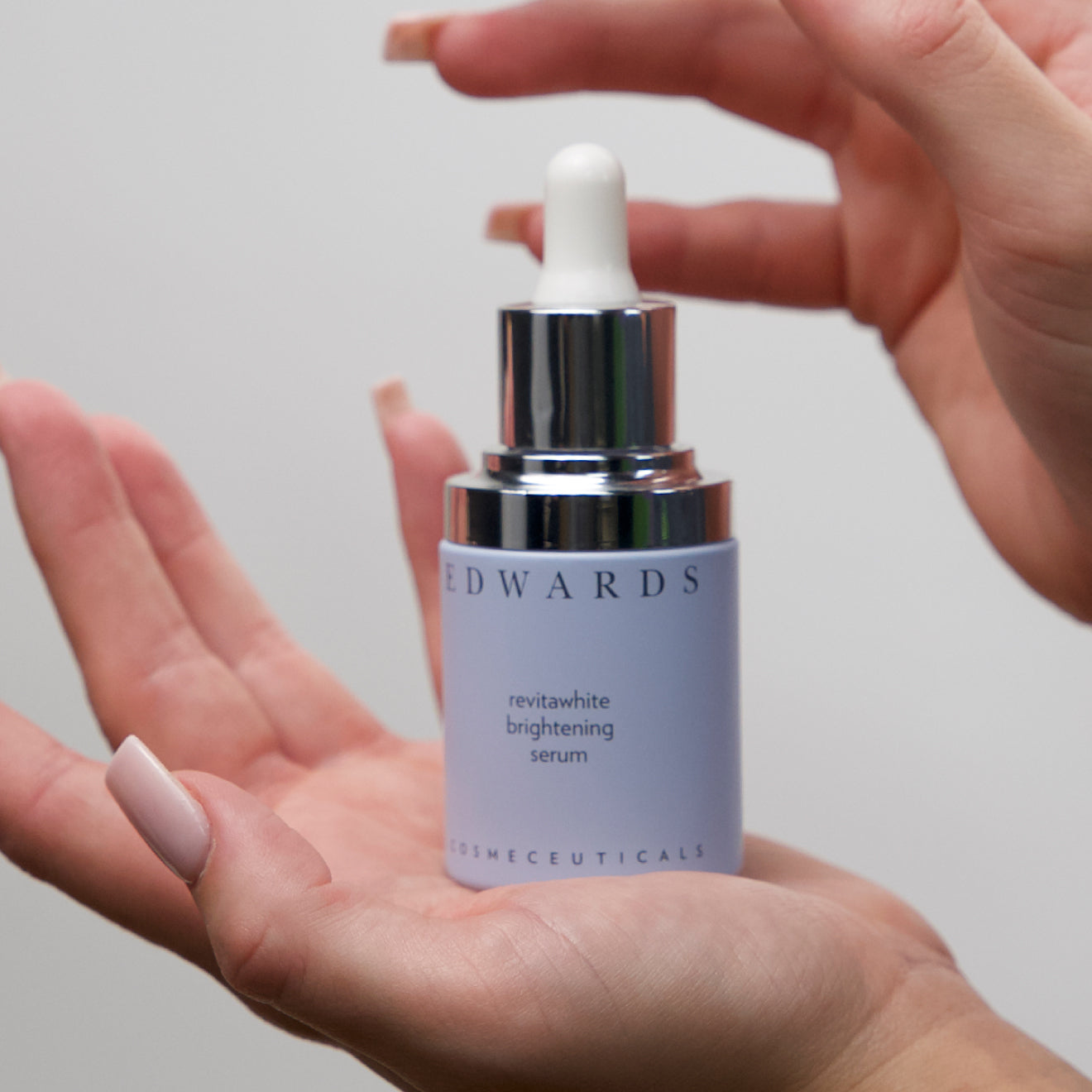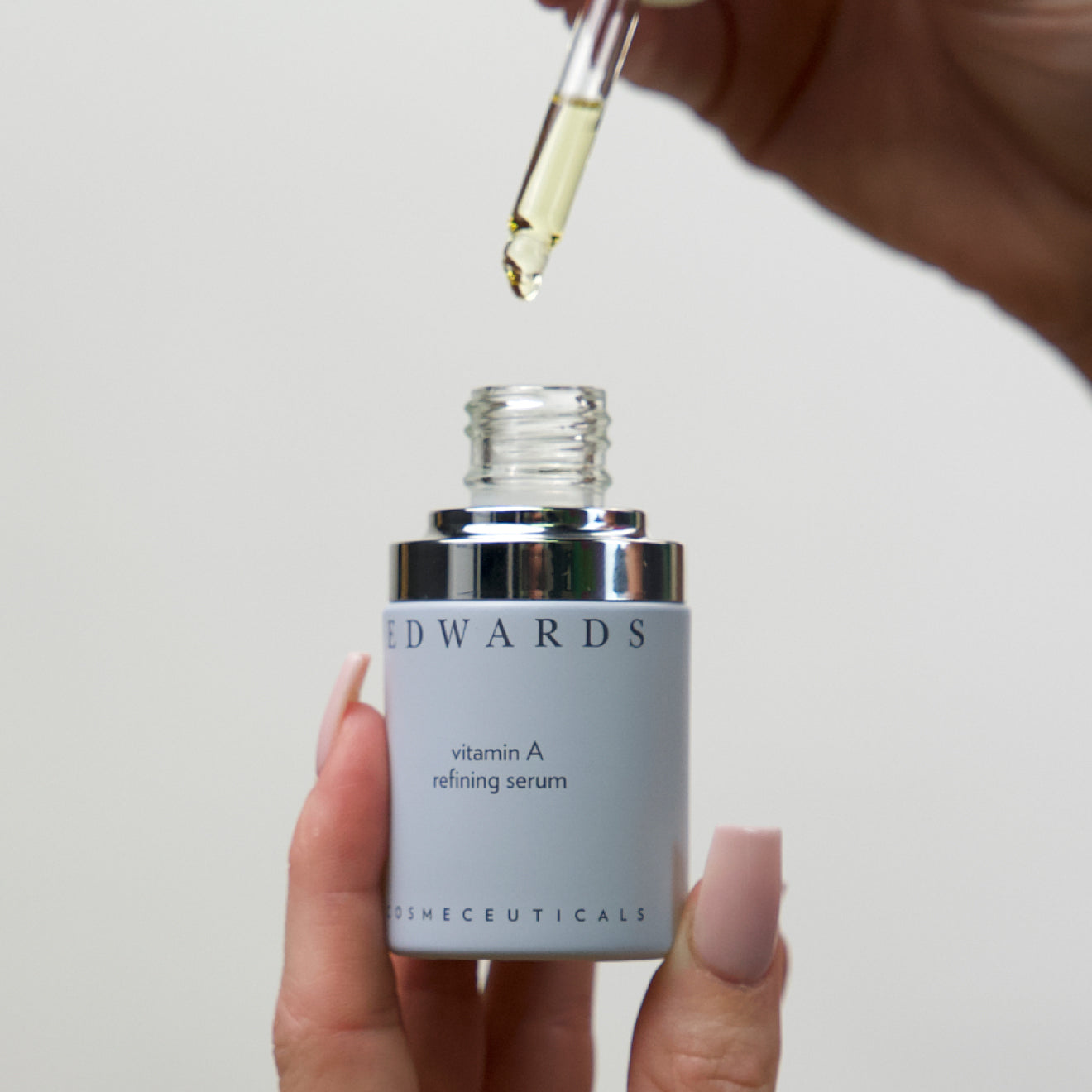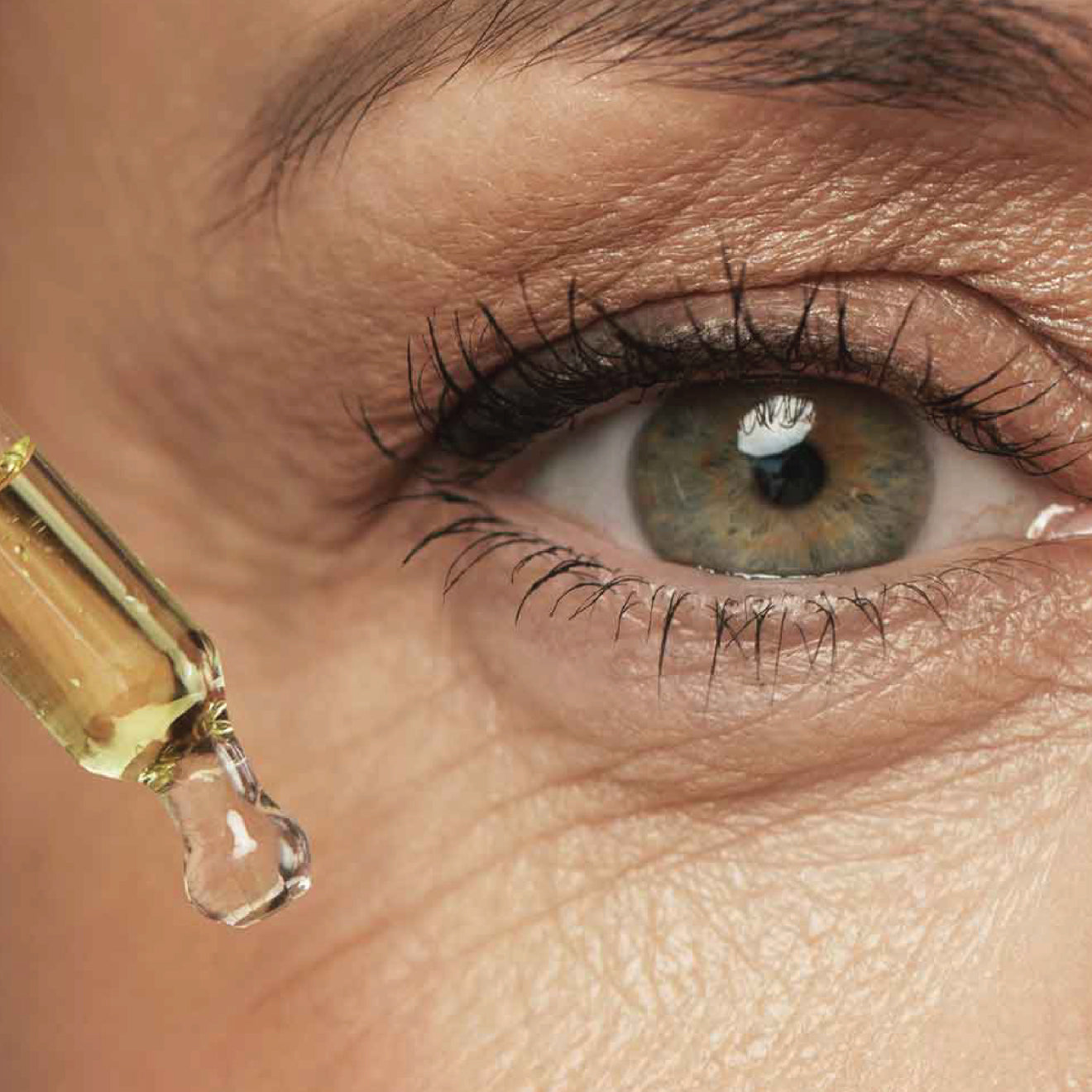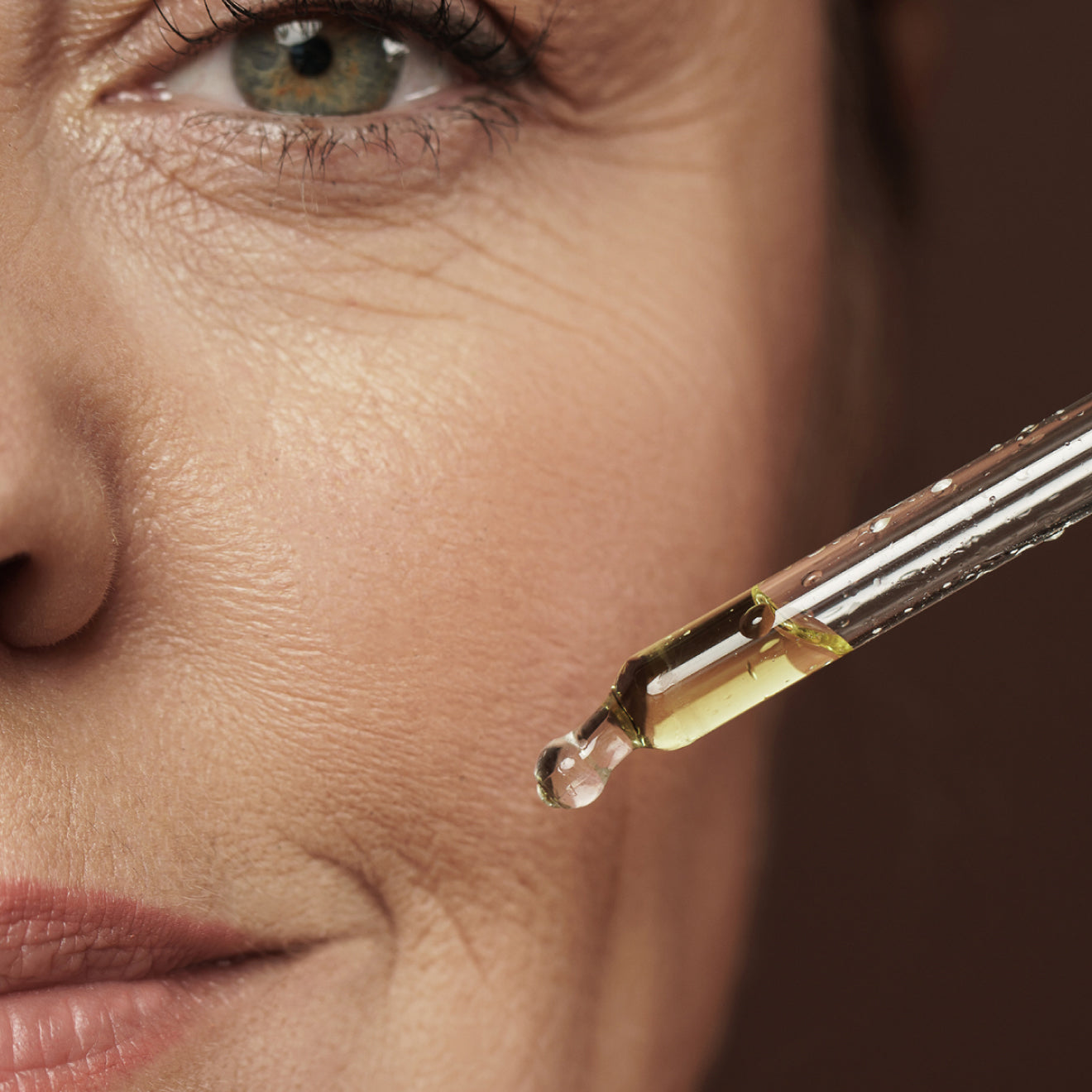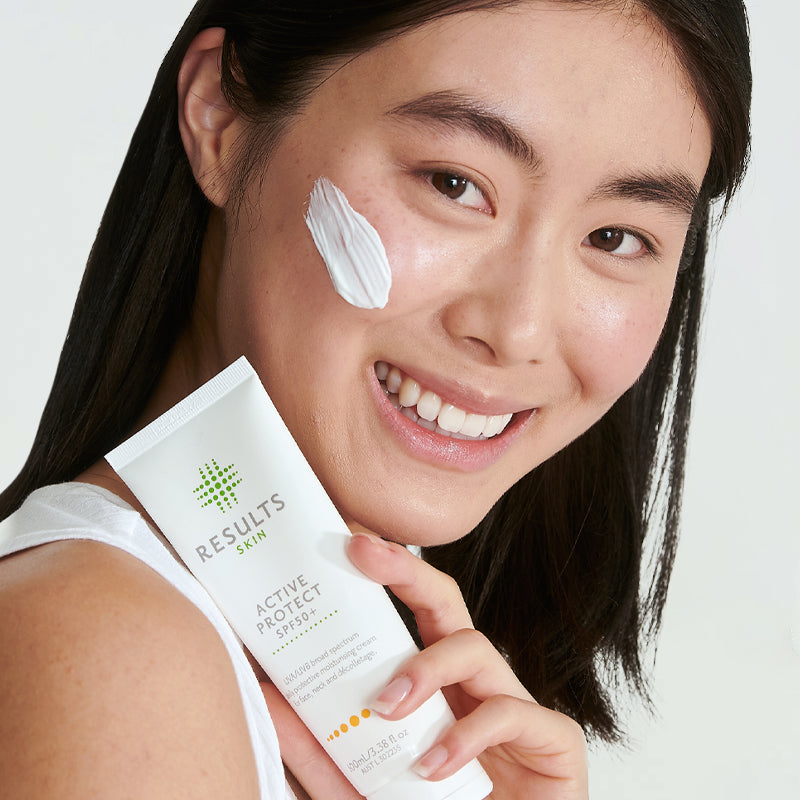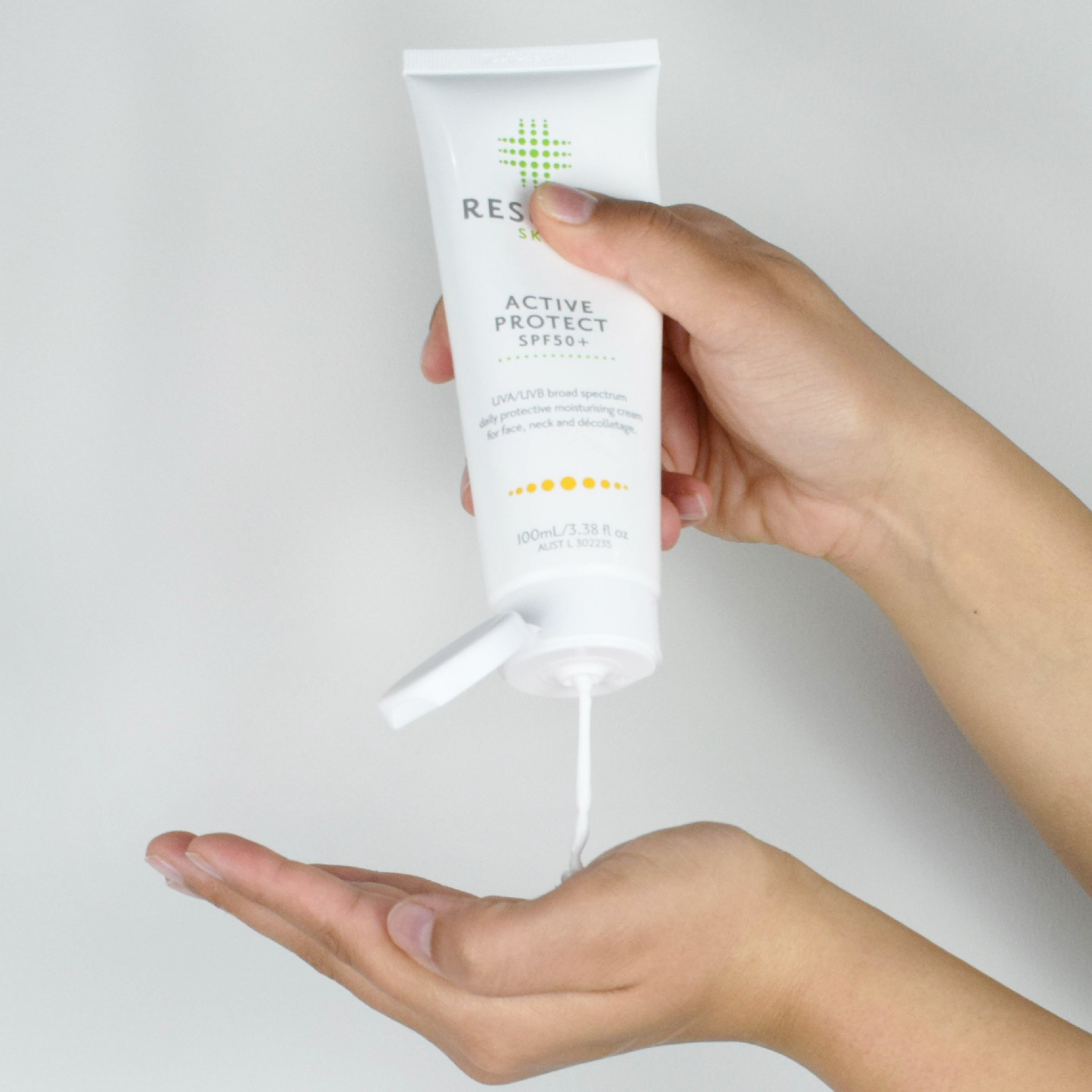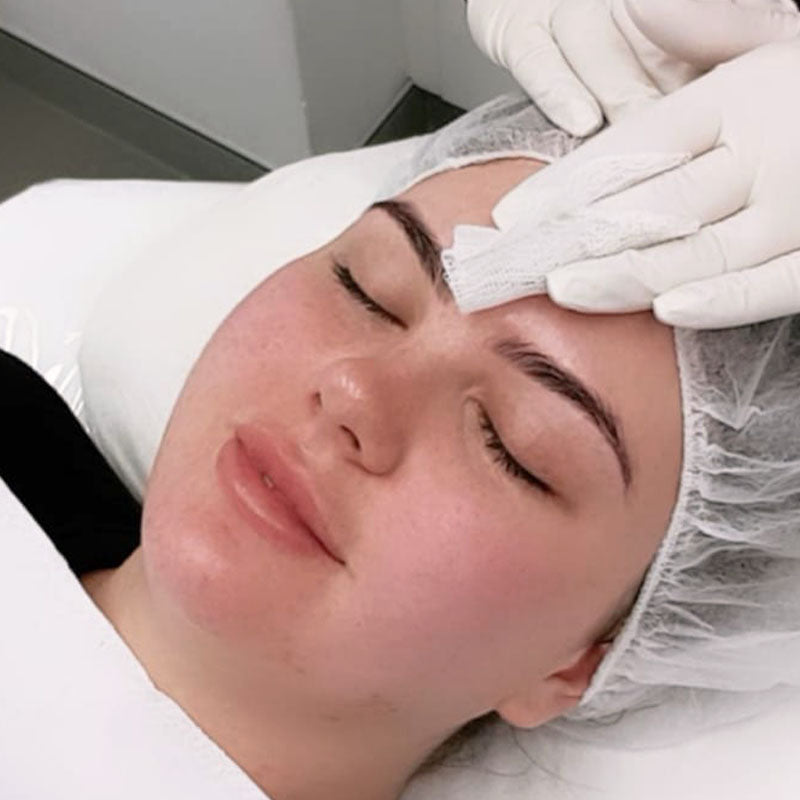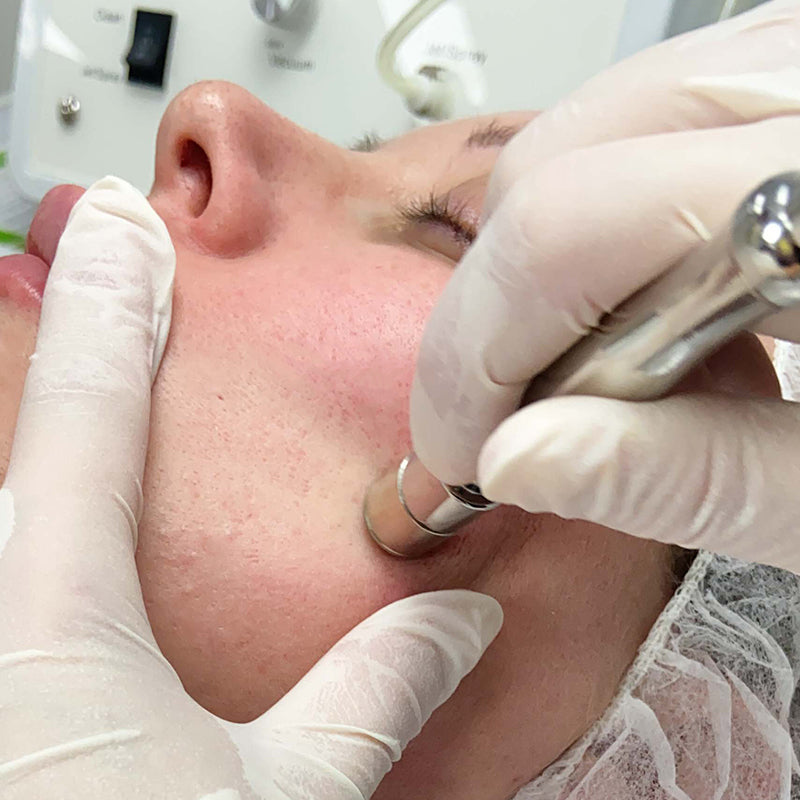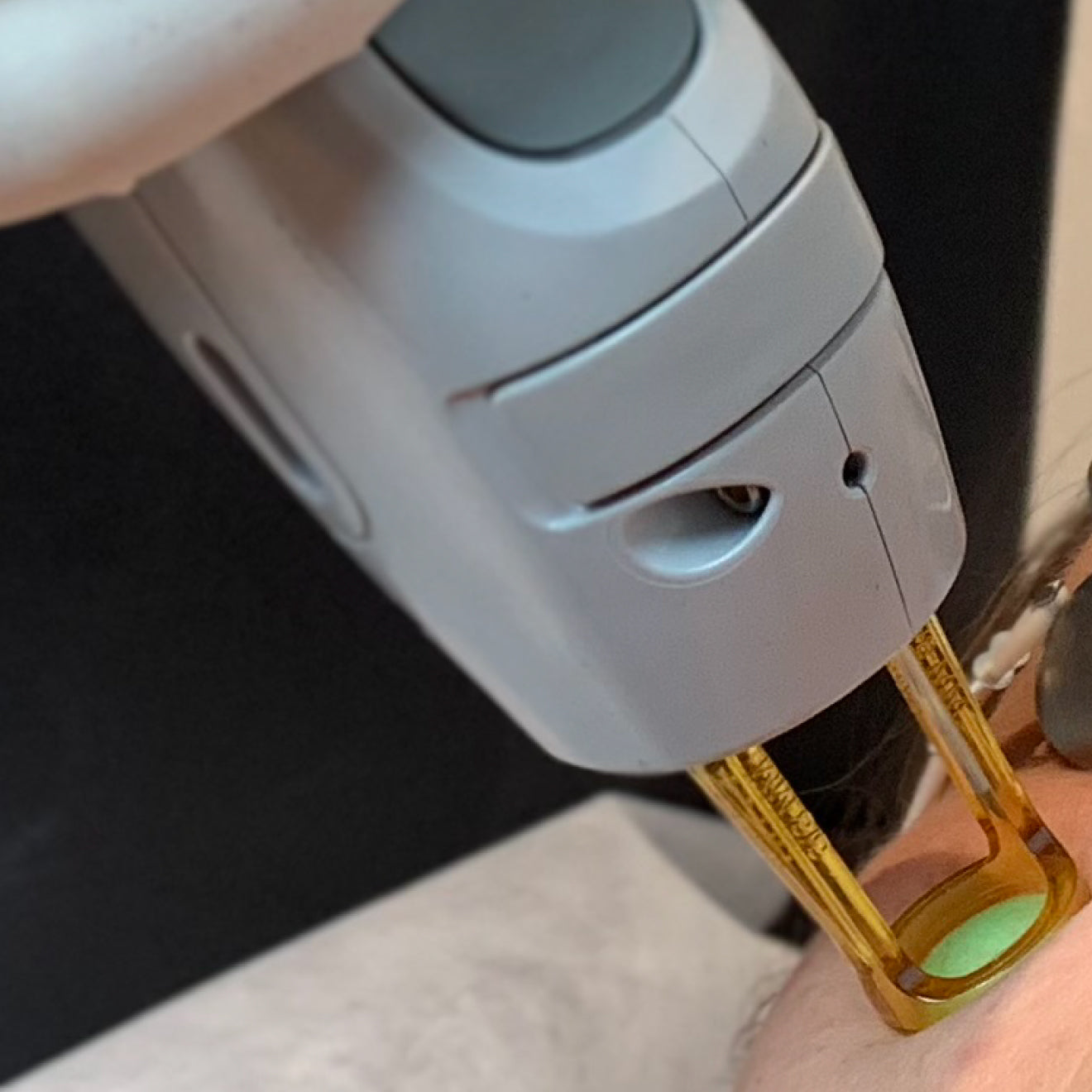Skin Concern:
Uneven Skin Tone
Hyperpigmentation refers to an overproduction of melanin, the pigment that gives skin its colour. This can result in areas of darker skin, creating an uneven skin tone.
Uneven skin tone refers to variations in skin colour, often appearing as dark spots, patches, or blotchiness. This can be caused by several factors, resulting in a less radiant and youthful complexion.
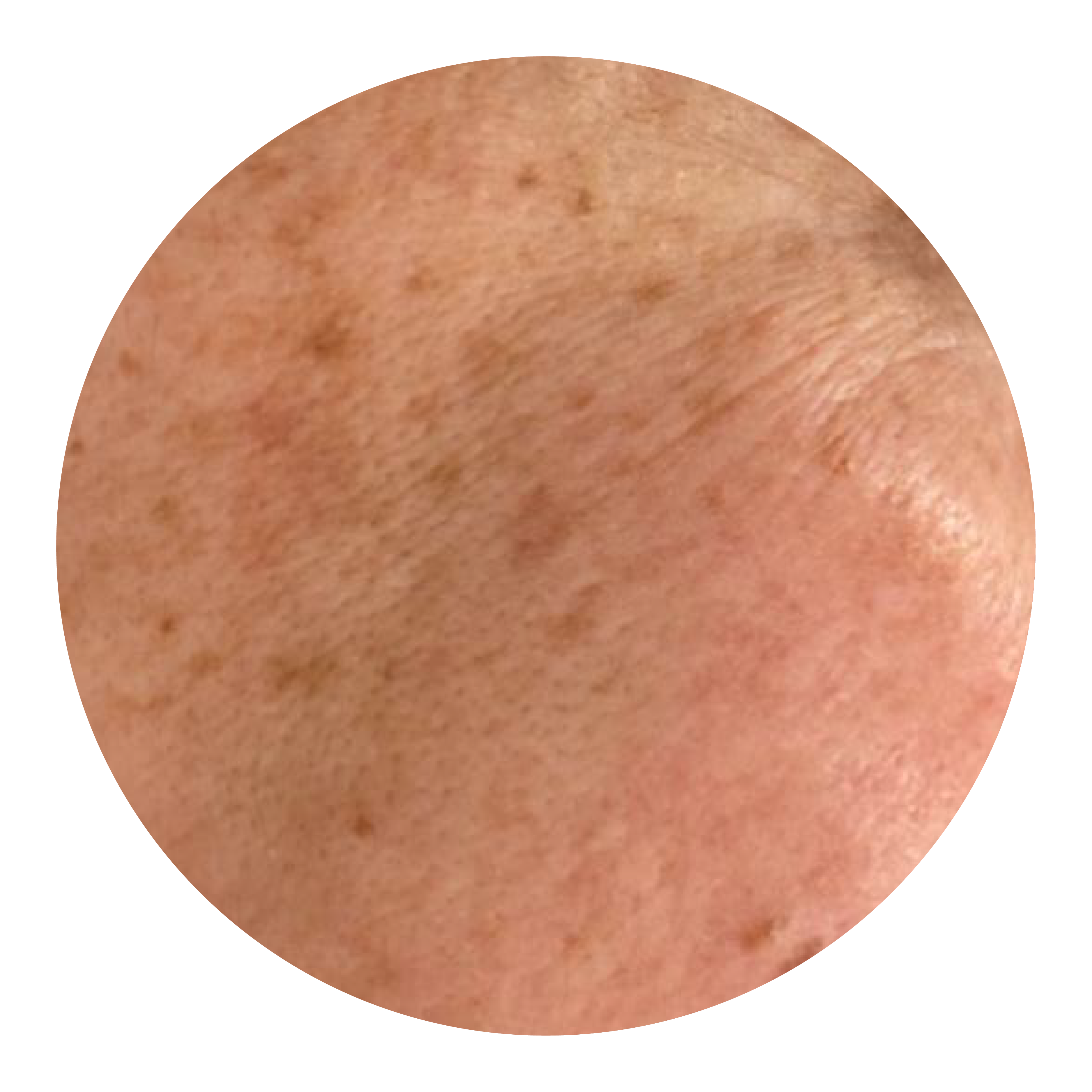
Causes of Uneven Skin Tone & Hyperpigmentation?
Sun Damage: Excessive sun exposure is a primary culprit, leading to hyperpigmentation (increased melanin production) and the formation of sunspots and age spots.
Hormonal Changes: Hormonal fluctuations, such as those during pregnancy or menopause, can trigger an increase in melanin production, causing conditions like melasma.
Inflammation: Acne, injury, or other skin irritations can lead to post-inflammatory hyperpigmentation, where the skin produces excess melanin in response to the injury.
Genetics: Some individuals are genetically predisposed to developing hyperpigmentation.
Medications: Certain medications can increase melanin production as a side effect.
Treating Uneven Skin Tone
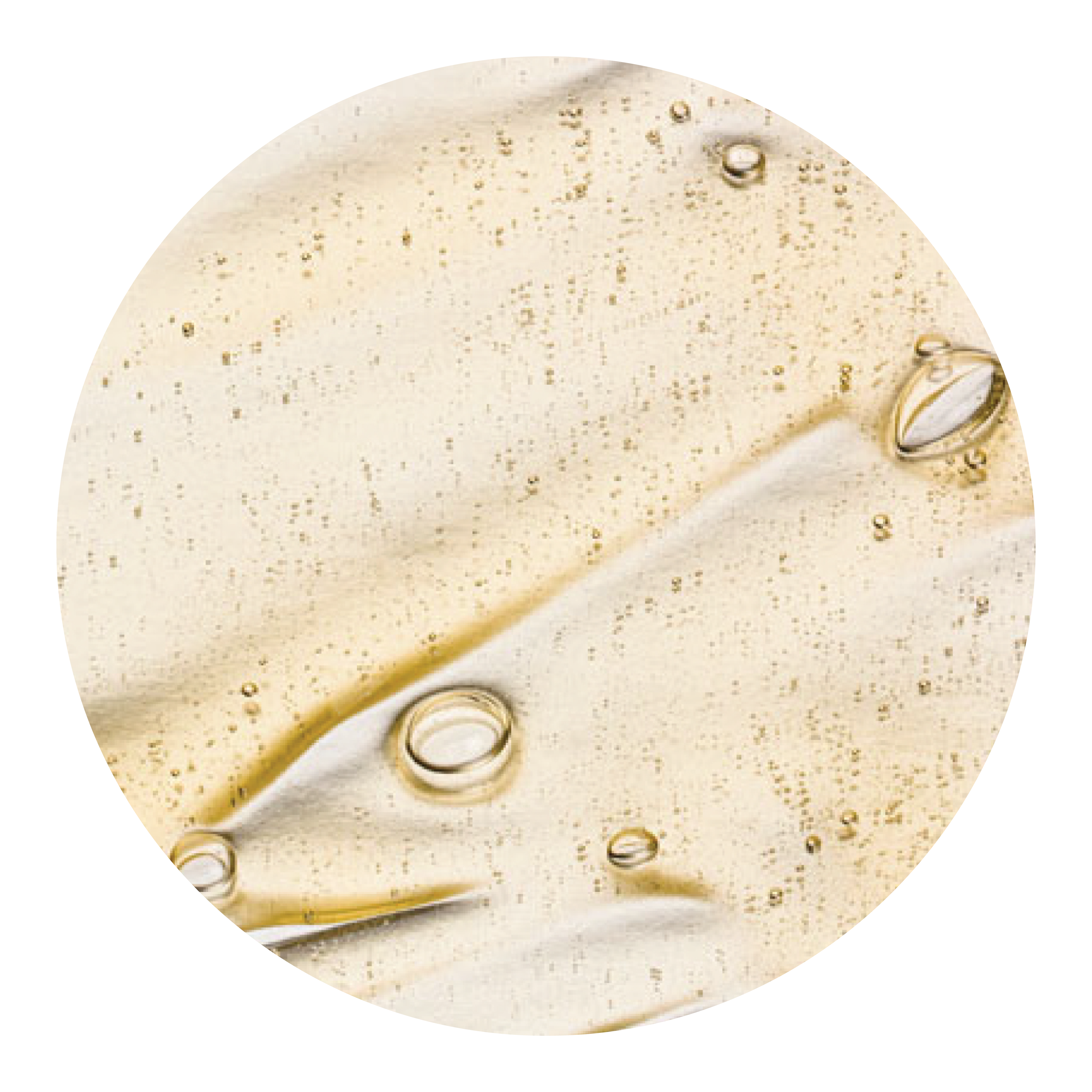
Cleansers: Choose gentle, non-comedogenic cleansers that won't irritate the skin.
Exfoliants: Incorporate AHAs (like glycolic acid) or BHAs (like salicylic acid) to gently exfoliate and promote cell turnover.
Moisturisers: Use a lightweight, hydrating moisturizer with SPF 50 for daily sun protection.
Serums: Focus on serums with brightening ingredients like vitamin C, niacinamide, and azelaic acid.
Types of Uneven Skin Tone
Dark patches or spots caused by excess melanin production.
Lighter patches due to reduced melanin, often from scarring or conditions like vitiligo.
Uneven skin tone with red patches from irritation, rosacea, or sensitivity.
Yellowish or lifeless skin tone caused by dehydration, aging, or poor circulation.



